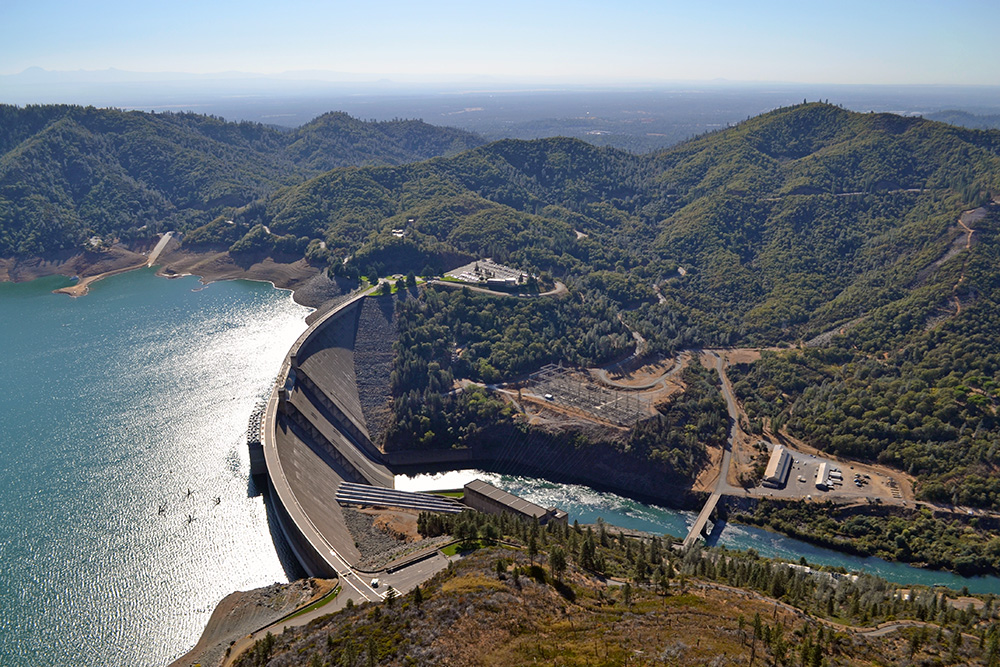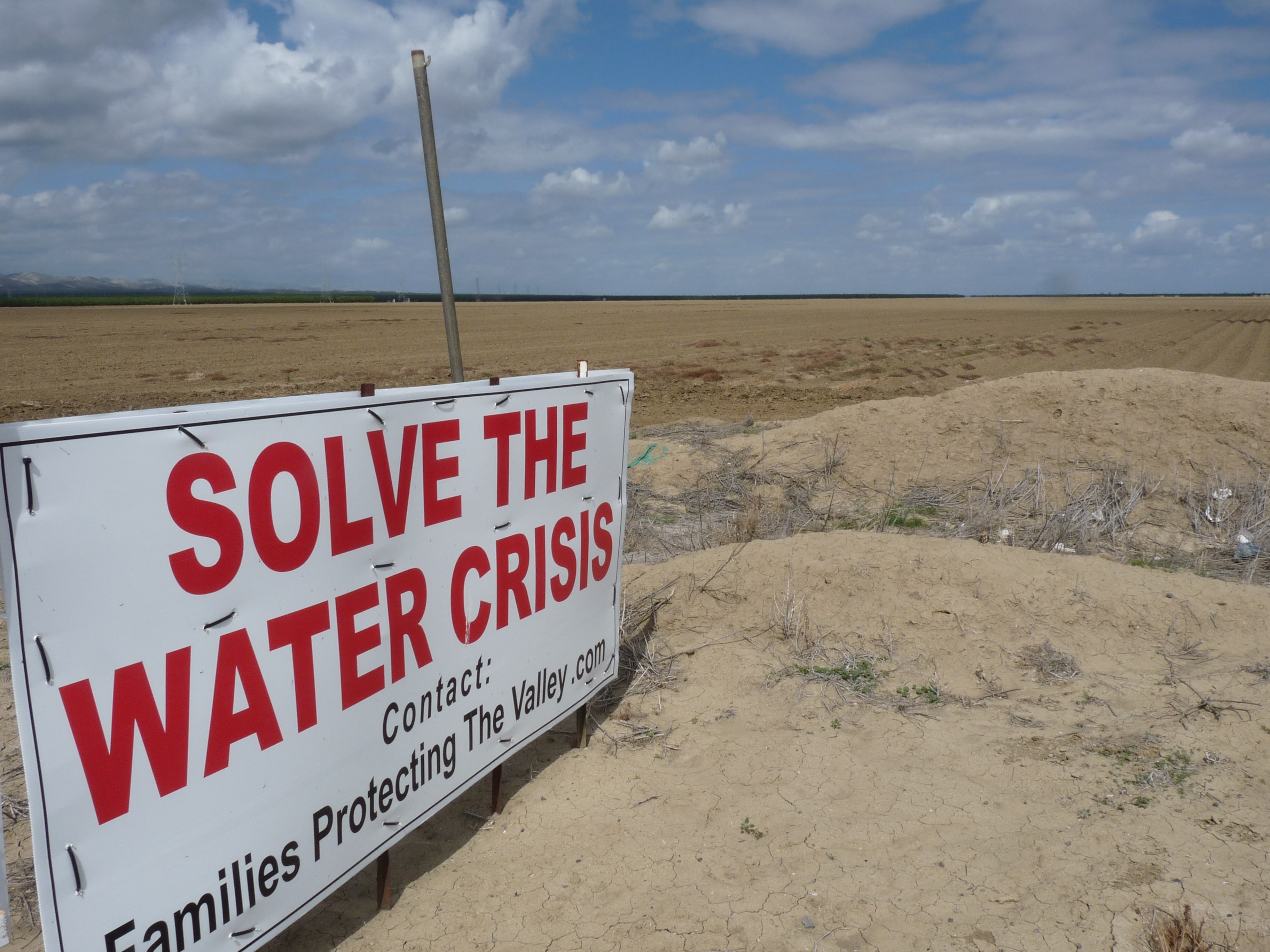Denham Legislation Brings More Water Storage
Dept. of the Interior Moves forward on the Expansion of Shasta Dam
News Release Edited by Patrick Cavanaugh
The U.S. Department of the Interior is moving forward on the enlargement of Shasta Dam, a critical water storage reservoir in California. This expansion comes as a direct result of Rep. Jeff Denham’s Water Infrastructure Improvements for the Nation (WIIN) Act language and $20 million in funding approved in March of this year.
“We’re moving forward with building more water storage for the first time in decades,” Denham said. “Real progress and results are what California needs if the next generation wants water.”
The total expansion of Shasta Dam will raise the dam by 18 ½ feet and provide an additional 630,000 acre-feet of stored water for families, farmers, and cities, delivering more water and improving reliability for farmers and communities. The expansion will also help reduce flood damage and improve water quality in the Sacramento River to revitalize fish populations and foster a stronger ecosystem.
According to the Bureau of Reclamation, which is leading the expansion effort, construction contracts for the dam are expected to be issued by December 2019, and the entire project is estimated to cost $1.4 billion. The project is eligible for additional financing through Denham’s New WATER Act, which provides financing opportunities for water infrastructure projects and will reduce the cost to water users.
The Denham New WATER Act language is expected to be signed into law in the coming weeks to make major water infrastructure improvements a reality in the Central Valley. This success comes on the heels of major developments in the fight against Sacramento’s water grab, including Secretary of the Interior Ryan Zinke and Secretary of Agriculture Sonny Perdue voicing support for Denham’s efforts to stop the state’s Bay-Delta plan.
For more information about the enlargement of Shasta Dam, click here. To learn more about what Rep. Denham is doing to fight for water in the Valley, visit www.Denham.house.gov/water, where you can also sign up to receive periodic updates on his work in Washington to improve local water infrastructure, storage and delivery.






 Cavanaugh: Well, it’s laughable—only 5 percent for San Luis, with all the water in the system from the El Niño year! You’re still not answering the question. None of this makes sense to anyone who is a critical thinker. Can you please explain, other than preventing salt-water intrusion and protecting species, why so much more water—over the top—was sent out?
Cavanaugh: Well, it’s laughable—only 5 percent for San Luis, with all the water in the system from the El Niño year! You’re still not answering the question. None of this makes sense to anyone who is a critical thinker. Can you please explain, other than preventing salt-water intrusion and protecting species, why so much more water—over the top—was sent out?












